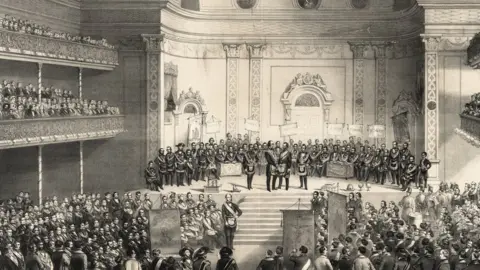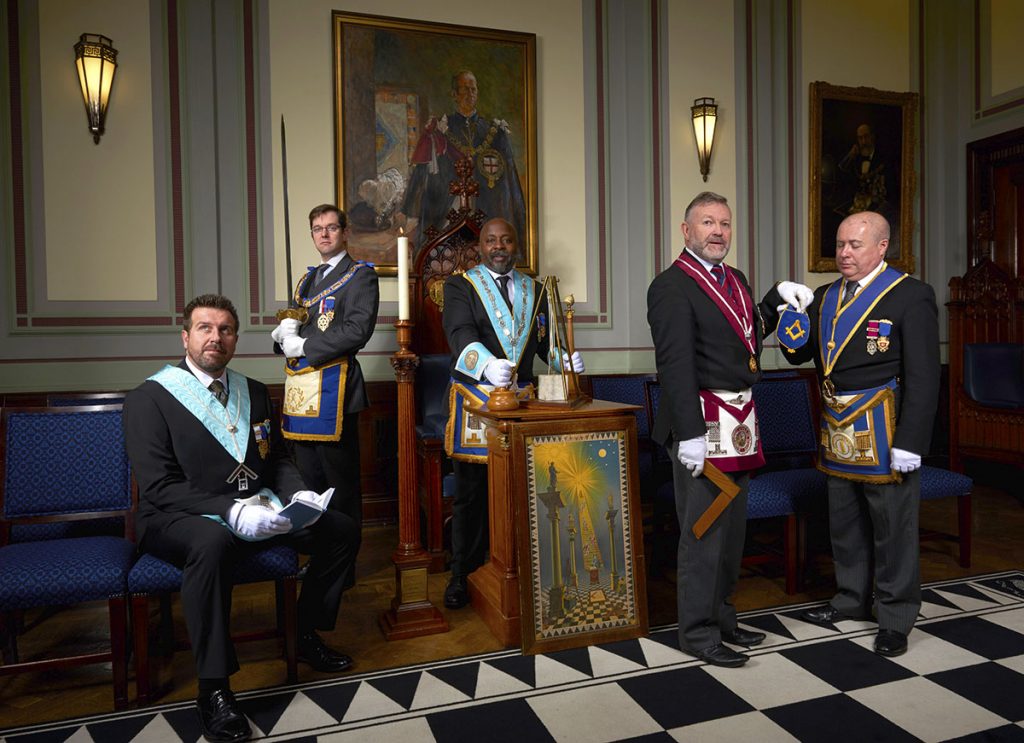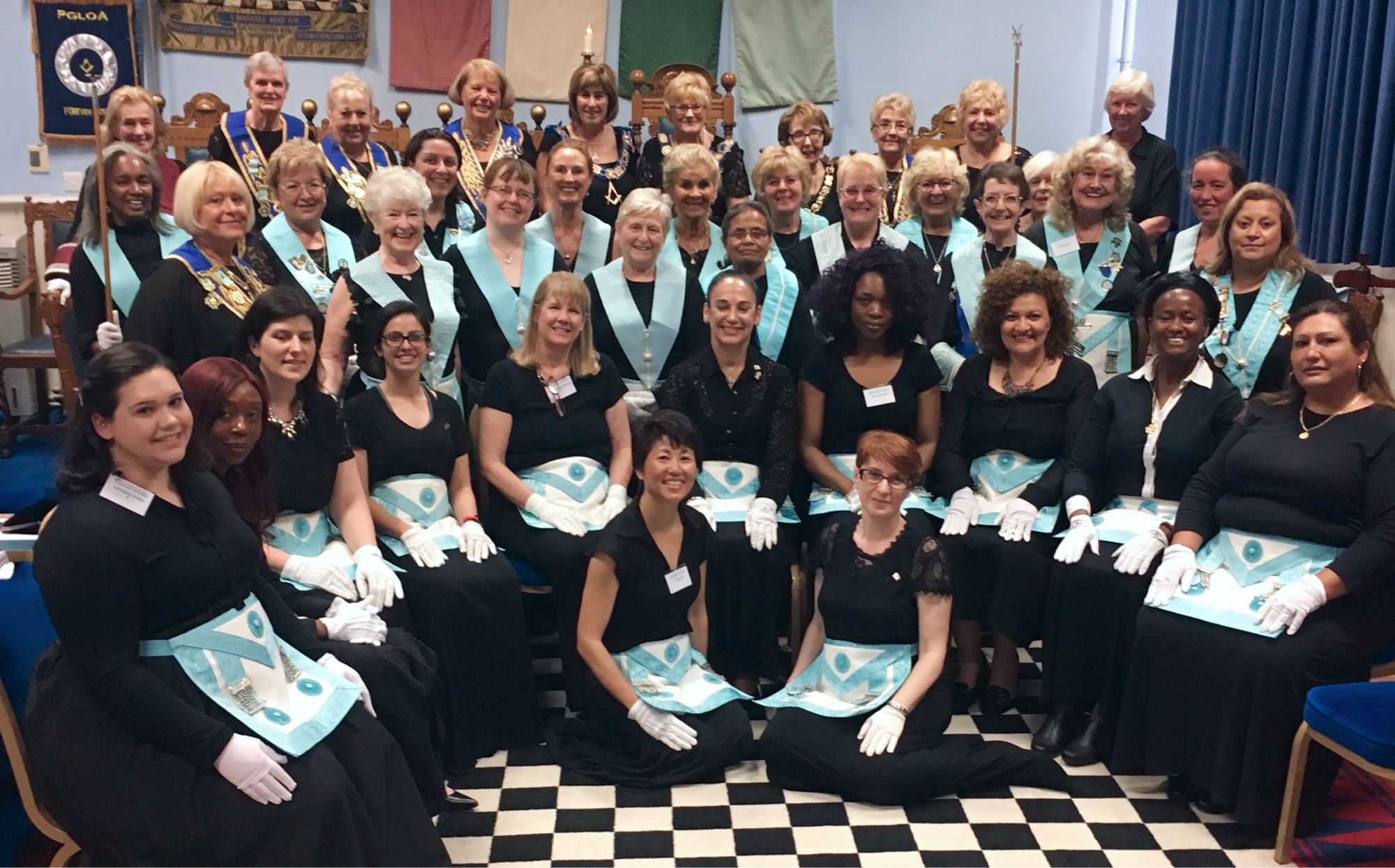Why You Should Explore the Journey to Join Freemasonin Today’s World
Why You Should Explore the Journey to Join Freemasonin Today’s World
Blog Article
Discovering the Mysteries of the copyright: What You Need to Know
The copyright, a term typically shrouded in intrigue and dispute, stands for a complicated tapestry of historic truth and modern misconception. Established in the late 18th century, this secret society was at first rooted in the Enlightenment's perfects but has actually considering that ended up being identified with conspiracy theories about elite control.
Origins of the copyright
The beginnings of the copyright are soaked in a blend of historic intrigue and ideological eagerness. Developed in 1776 in Ingolstadt, Bavaria, by Adam Weishaupt, the group was originally formed as a secret culture focused on promoting Enlightenment ideals such as factor, secularism, and the splitting up of church and state. join freemason. Weishaupt, a teacher of canon legislation, sought to test the dominating authority of the church and state, which he saw as oppressive organizations suppressing intellectual and individual flexibility
The copyright sought to recruit significant participants from various societal sectors, including politics, academia, and the arts, to cultivate a network dedicated to these Enlightenment concepts. The culture operated under a shroud of privacy, utilizing coded language and rituals to secure its members from oppression, specifically given the repressive climate of the moment. Nonetheless, the copyright encountered substantial opposition from both governmental authorities and religious establishments, which viewed the team as a hazard to their power.
Secret Figures and Members
Who were the pivotal numbers that shaped the copyright's early impact and direction? The Bavarian copyright, established in 1776 by Adam Weishaupt, became an action to the oppressive social structures of the time. Weishaupt, a regulation professor, envisioned the company as a way to advertise Enlightenment ideals such as factor, secularism, and equality. His first recruitment initiatives included significant intellectuals, such as Baron von Knigge, that played a vital role in increasing the group's subscription and organizational framework.
Another substantial number was Johann Gottlieb Fichte, a noticeable thinker whose concepts on nationalism and education and learning resonated with the copyright's objectives. Fichte was not an official participant, his thoughtful underpinnings affected the team's belief. Additionally, numbers like the author and theorist Johann Wolfgang von Goethe were related to the more comprehensive intellectual movements of the time, although their direct involvement with the copyright remains questioned.
These key numbers added to the copyright's early instructions, pressing the borders of political and social thought, while their collective efforts intended to test established standards and cultivate an environment of progressive modification in Europe. (join freemason)
Misconceptions vs. Fact
Many false impressions surround the copyright, typically blending fact with fiction in a manner that obscures its real nature. This secret culture, initially started in 1776 in Bavaria, intended to advertise Knowledge perfects and fight spiritual and political fascism. The idea that the copyright remains to apply substantial influence over world events is a misconception. While the team did exist, it was dissolved in the late 18th century and has actually not operated as a cohesive entity because then.
Another prevalent misconception is that the copyright consists of a network of elite people controling worldwide affairs. In truth, several conspiracy theory concepts exaggerate the group's value, connecting unproven intentions to societal fads and occasions. This has led to an oversimplified sight of complicated issues.
Additionally, the representation of the copyright in prominent culture frequently additional distorts its heritage. Movies and literature often tend to sensationalize the company's role, developing a story that diverges from historic truths. Recognizing websites the distinction between the misconceptions and the reality of the copyright is crucial for critical the genuine influence of this historical team and identifying the broader effects of conspiracy concepts in contemporary culture.

Modern Interpretations
Contemporary interpretations of the copyright usually mirror broader societal anxieties and an attraction with secrecy and power. This modern-day lens often associates the copyright with conspiracy theory theories that recommend a covert elite coordinates world occasions, controling federal governments and economic climates for their own gain. Such stories tap right into a deep-seated question of authority, particularly in times of situation or social upheaval.
In pop culture, the copyright is commonly portrayed as a divine organization shrouded in secret, leading to a variety of fictional representations in literary works, film, and music. This representation offers not only to captivate yet also to prompt thought regarding the nature of power and control in modern society. Social network has actually further magnified these analyses, permitting fast circulation of conspiracy theory theories and producing areas that share and expand upon these ideas.
Additionally, some modern-day interpretations frame the check my blog copyright as a metaphor for the complexities of globalization and the interconnectedness of significant people and companies. This perspective motivates an important exam of just how power characteristics run in today's globe, highlighting the equilibrium in between openness and privacy in governance and corporate practices.
Social Influence and Heritage
Influenced by centuries of intrigue, the social effect and tradition of the copyright extend far past its historic origins. This secret society, established in the late 18th century, has actually penetrated different facets of popular society, from literary works and movie to music and art. join freemason. The concept of the copyright has actually progressed into a symbol of conspiracy theory concepts, commonly representing a perceived surprise power adjusting worldwide events
In literary works, writers like Dan Brown have woven the copyright right into complex plots, captivating viewers with styles of privacy and power. Movies such as "National Treasure" and "The Da Vinci Code" better continue the allure of the culture, blending reality with fiction to produce engaging stories.

Ultimately, the copyright's heritage is a complicated tapestry of misconception and truth, shaping assumptions of secrecy and control in modern discourse. Its long-lasting existence in society highlights mankind's perennial pursuit for comprehending hidden realities.

Conclusion
The expedition of the copyright exposes a complex interaction between historic facts and modern-day myth-making. Founded in the Enlightenment period, this society intended to challenge overbearing structures, yet its legacy has actually been overshadowed by conspiracy theory theories that recommend elite manipulation. Recognizing the distinctions in between the original suitables and modern interpretations is crucial for comprehending the sustaining fascination with the copyright and its substantial influence on cultural stories surrounding power and secrecy in culture.
Report this page